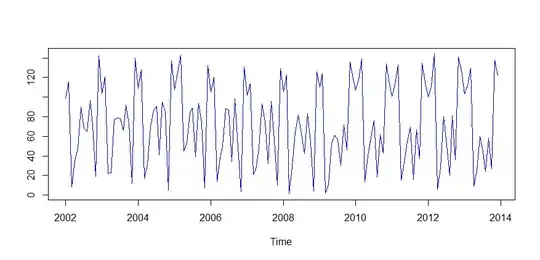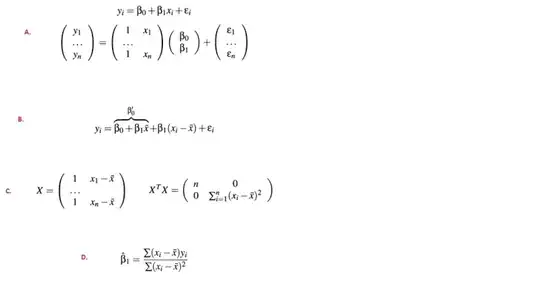I have this monthly time series with pronounced seasonality and a bit of trend:
The ACF and PACF for 4 years (48 months) are:
Can I suppose that the data don't need transformations like: log(data), diff(data)...?
ACF: A spike at lag 12 in the ACF but no other significant spikes.
PACF: ?R proposes
ARIMA(0,0,0)(1,0,0)[12]. Could it be a good model?

